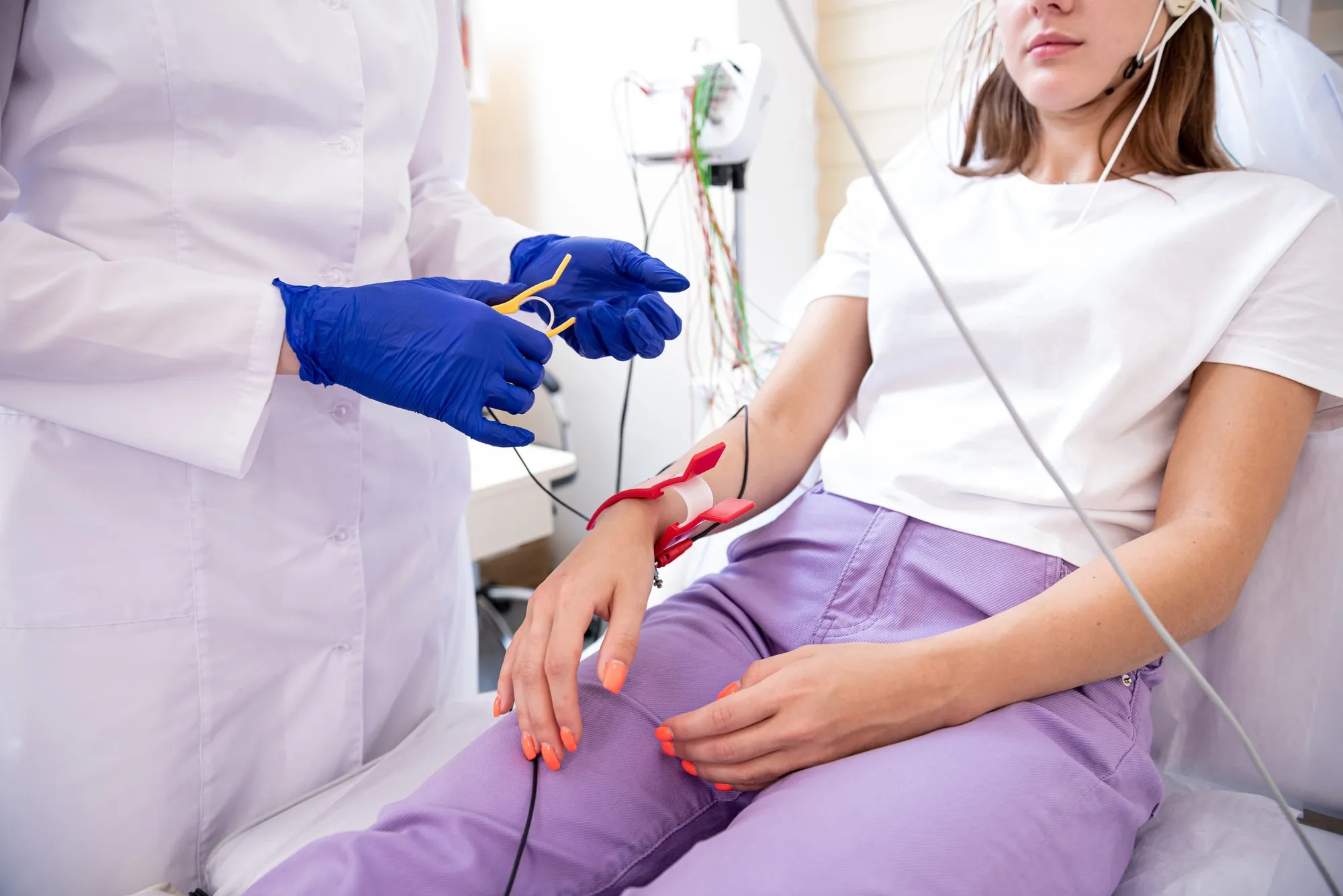Abstract
In children, infections caused by enterohemorrhagic Escherichia coli (EHEC) often result in conditions such as hemolytic uremic syndrome (HUS) and acute encephalopathy. However, occurrences in adults are considered rare. A report detailed in Rinsho Shinkeigaku on May 28, 2019, presents the case of a 24-year-old woman who developed acute encephalopathy post-EHEC infection and subsequently made a full recovery. This article delves into the case progression, treatments administered, and the biological factors that may contribute to the susceptibility and recovery in such cases, providing vital insights for clinical practice.
Introduction
Acute encephalopathy following enterohemorrhagic Escherichia coli (EHEC) infection is predominantly documented in pediatric populations. The case reported in Rinsho Shinkeigaku by Suzuki et al. represents a rare instance of adult-onset acute encephalopathy linked to EHEC, specifically involving a strain known to produce the Shiga toxin, O-157. The comprehensive management, including steroid pulse therapy and plasma exchange (PE), led to the patient’s recovery without lasting sequelae. The comprehensively documented progression of her illness, combined with an analysis of the treatment strategy and biological considerations–particularly the role of globotriaosylceramide (Gb3 antigen)–add valuable knowledge to the compendium of adult infectious encephalopathies.
Case Report
A 24-year-old woman with initial symptoms of abdominal pain and diarrhea was admitted to Niigata Prefectural Shibata Hospital. By day 6, laboratory tests confirmed the presence of E. coli O-157 Shiga toxin in her stool. She rapidly developed hemolytic uremic syndrome (HUS) and, by the 11th day, was diagnosed with acute encephalopathy, which necessitated artificial ventilation due to severe respiratory complications.
Treatment and Outcome
The treatment consisted of a combination of high-dose methylprednisolone (referred to as steroid pulse therapy) and plasma exchange (PE). Both interventions aimed at reducing inflammatory cytokines and countering the effects of the Shiga toxin. By day 53, the patient was discharged with no neurological deficits or other sequelae.
Pathophysiology Insights
An integral focal point of the study was the consideration of globotriaosylceramide (Gb3 antigen), a Shiga toxin receptor found in higher concentrations on the cellular membranes of women compared to men. This biological detail may play a role in the increased vulnerability of adult women to develop acute encephalopathy when infected by strains of EHEC producing Shiga toxins.
Discussion
The efficacy of the administered treatments is of significant clinical importance. Steroid pulse therapy has been noted to mitigate the inflammatory cascade associated with the infection, and the utilization of PE to eliminate the circulating Shiga toxin and inflammatory mediators could be instrumental in managing similar cases.
Implications for Clinical Practice
Recognition that adult-onset acute encephalopathy due to EHEC could be severe and potentially fatal without prompt and appropriate management is critical. This case underscores the importance of considering aggressive treatments such as steroid pulse therapy and PE in the presence of neurological complications secondary to EHEC infections.
Conclusion
The report is a stark reminder that although more common in children, EHEC infections causing HUS and acute encephalopathy can and do occur in adults. With an understanding of the risk factors, such as the presence of Gb3 antigen receptors, and the efficacy of certain therapeutic strategies, clinicians can be better prepared to address this rare but potentially devastating infection in adults.
DOI: 10.5692/clinicalneurol.cn-001291
References
1. Suzuki, Y., et al. (2019). [Case report of acute encephalopathy caused by enterohemorrhagic Escherichia coli infection in a 24-year-old woman]. Rinsho Shinkeigaku, 59(5), 274-278. DOI: 10.5692/clinicalneurol.cn-001291
2. Tarr, P. I., Gordon, C. A., & Chandler, W. L. (2005). Shiga-toxin-producing Escherichia coli and haemolytic uraemic syndrome. Lancet, 365(9464), 1073-1086. DOI: 10.1016/S0140-6736(05)71144-2
3. Bennett, J. L., et al. (2008). Treatment of acute encephalopathy in children with inborn errors of urea synthesis. Archives of Disease in Childhood, 93(3), 200-207. DOI: 10.1136/adc.2007.118422
4. Brandt, J. R., et al. (2002). Plasma therapy in atypical hemolytic uremic syndrome. Pediatric Nephrology, 17(10), 772-778. DOI: 10.1007/s00467-002-0923-y
5. Orth, D., & Khan, A. B. (2015). Stxs genotype and outcome of Shiga toxin-producing Escherichia coli infections. Journal of Clinical Microbiology, 53(8), 2432-2438. DOI: 10.1128/JCM.00865-15
Keywords
1. Acute Encephalopathy Treatment
2. Enterohemorrhagic E. coli Infection
3. Hemolytic Uremic Syndrome Adult
4. Plasma Exchange Therapy
5. Steroid Pulse Therapy EHEC
